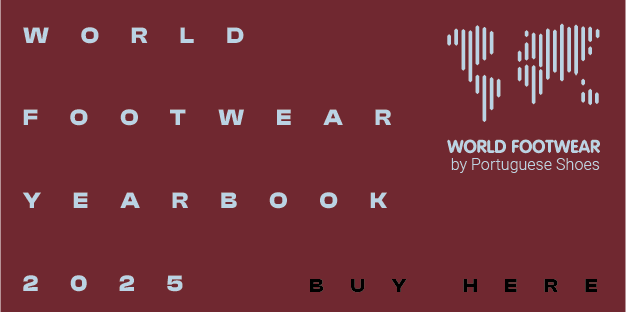Can fashion change its calendar?

The current dates in place for fashion shows and related events can change as the result of recent news. Burberry has announced a small revolution for its calendar of events
Major brands have questioned the traditional existing model and plan to implement major changes. Burberrys just announced they will combine their fashion events with a massive commercial action, and they will stop having separate shows for the women and men collections.
As from September, Burberrys will hold just one big international show. Immediately after the event, the collections will be available online, in a strategy supported by digital campaigns and press adverts, which will be launched by then.
In this model, the differences between the spring / summer and autumn / winter collections will tend to disappear, and new creative solutions will be regularly presented to customers.
With the increasing importance of the internet, consumers tend to prefer renewed pieces each new season, and these usually take weeks to hit the shelves after they are seen in the catwalk. This is even more evident in the new digital era as collections are internationally known months before arriving the final consumer, creating numerous conflicts of interest, namely an significant increase of the copies and imitations.
Now Burberrys wants to fight the gap between the two moments. As this trend deepens and more brands get into the movement, we might be at the beginning of an authentic revolution in the fashion world, which may reduce the gap between the fashion shows and retail.
Burberrys decision is a brave one, but not entirely surprising. In the last years, the growing importance of the digital supports has increased the pressure over the traditional business models and brands have been struggling to re-invent the success formula. Catwalk shows became powerful marketing events, which can be commercially enhanced with this new strategy.
For the industrial sector, the impacts will be felt as well, and businesses specialised in quick response and small series might see the benefit of this new business model.
As from September, Burberrys will hold just one big international show. Immediately after the event, the collections will be available online, in a strategy supported by digital campaigns and press adverts, which will be launched by then.
In this model, the differences between the spring / summer and autumn / winter collections will tend to disappear, and new creative solutions will be regularly presented to customers.
With the increasing importance of the internet, consumers tend to prefer renewed pieces each new season, and these usually take weeks to hit the shelves after they are seen in the catwalk. This is even more evident in the new digital era as collections are internationally known months before arriving the final consumer, creating numerous conflicts of interest, namely an significant increase of the copies and imitations.
Now Burberrys wants to fight the gap between the two moments. As this trend deepens and more brands get into the movement, we might be at the beginning of an authentic revolution in the fashion world, which may reduce the gap between the fashion shows and retail.
Burberrys decision is a brave one, but not entirely surprising. In the last years, the growing importance of the digital supports has increased the pressure over the traditional business models and brands have been struggling to re-invent the success formula. Catwalk shows became powerful marketing events, which can be commercially enhanced with this new strategy.
For the industrial sector, the impacts will be felt as well, and businesses specialised in quick response and small series might see the benefit of this new business model.











